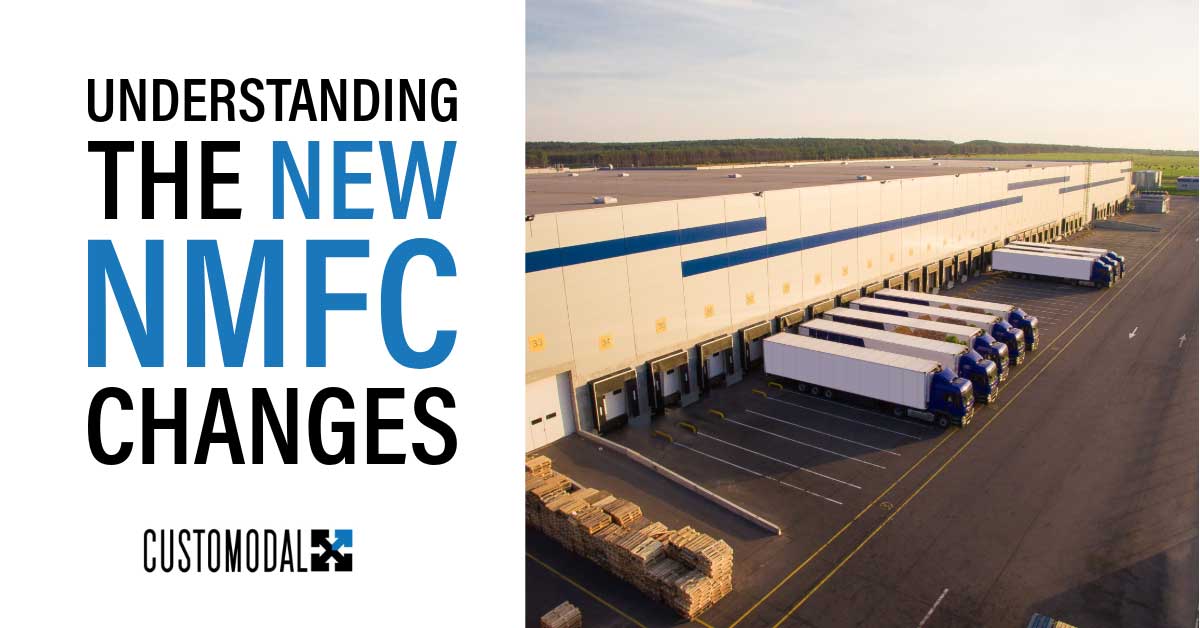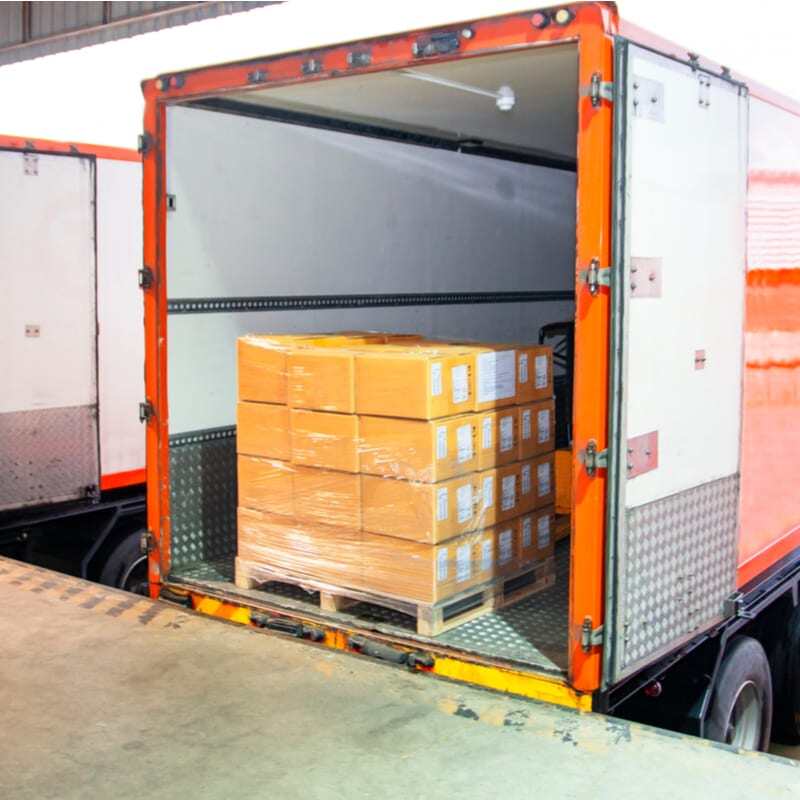
Considering how competitive today's market is, businesses are constantly seeking ways to cut expenses, with transportation costs being a prime target. Outbound freight route optimization offers a strategic approach to minimizing these costs while simultaneously improving delivery times.
By strategically planning and optimizing delivery routes, businesses can unlock significant cost savings, enhance customer satisfaction, and gain a competitive edge.
The Challenges of Outbound Freight Management
Outbound freight management isn't for the faint of heart. It's a juggling act with a whole lot of moving parts, and any one of them can throw your entire operation off balance. We're talking about a complex web of routes, schedules, and regulations, all while battling rising fuel costs that seem to change with the wind. One minute, you're cruising along, and the next, you're staring down a fuel surcharge that eats into your profit margins like a hungry gremlin.
Driver Shortages
The driver shortage is a constant headache for the industry–finding qualified drivers these days is like searching for a needle in a haystack. It's a constant scramble to fill seats and keep those trucks rolling, and every empty cab represents a potential delay, a missed deadline, and a frustrated customer.
The Need for Speed
Speaking of customers, they're a whole other beast. Thanks to the "Amazon effect," everyone expects their orders to arrive yesterday. Forget about standard delivery times; we're in the era of instant gratification, where even a minor hiccup can trigger a social media firestorm.
Real-World Challenges
Picture this: a furniture company promises a white-glove delivery on a specific date, but their truck gets snarled in rush-hour traffic. The customer is fuming, the delivery crew is stressed, and the company's reputation takes a hit. Or imagine a pharmaceutical company trying to get life-saving medications to a hospital, only to be thwarted by a road closure. The stakes are high, and the pressure is on.
These are the daily realities of outbound freight management. It's a high-wire act where efficiency, adaptability, and a healthy dose of problem-solving skills are essential for success.
The Benefits of Outbound Freight Route Optimization
So, we've established that outbound freight management can be a real headache. But what if there was a way to make those headaches a little less painful, maybe even turn them into a source of competitive advantage? That's where route optimization comes in.
Think of route optimization as your secret weapon in the battle against inefficiency. It's like having a GPS for your entire fleet, guiding your drivers along the most efficient paths and helping you sidestep those logistical landmines.
But the benefits go way beyond just finding the shortest route. Let's break down how route optimization can tackle those challenges we discussed earlier and deliver some serious wins for your business:
Cost Reduction
-
Fuel efficiency: With fuel costs constantly on the rise, every mile counts. Route optimization helps you squeeze the most out of every gallon by minimizing unnecessary mileage and idling time. Less time on the road means less money spent at the pump, and those savings can add up quickly.
-
Reduced overtime: Driver overtime can be a major drain on your budget. By optimizing routes and minimizing delays, you can help your drivers stick to their schedules and avoid those costly overtime hours.
-
Minimized wear and tear: Putting fewer miles on your vehicles translates to less wear and tear, which means lower maintenance costs and a longer lifespan for your fleet.
Improved Delivery Times and On-Time Performance
-
Meeting deadlines: On-time delivery is paramount. Route optimization helps you meet those tight deadlines by factoring in traffic conditions, delivery windows, and other variables to ensure your shipments arrive when they're supposed to.
-
Enhanced efficiency: Optimized routes mean less time wasted on backtracking, detours, and other inefficiencies. This allows your drivers to complete more deliveries in less time, boosting overall productivity.
Enhanced Customer Satisfaction and Loyalty
-
Happy customers: When your deliveries arrive on time and as promised, your customers are happy. And happy customers are more likely to stick around and become repeat buyers.
-
Building trust: Route optimization helps you provide accurate delivery estimates, which builds trust and transparency with your customers. They know they can rely on you to deliver when you say you will.
Increased Efficiency and Productivity
-
Streamlined operations: Route optimization streamlines your entire logistics operation, from planning and dispatching to tracking and delivery. This frees up your team to focus on other critical tasks, like customer service and strategic planning.
-
Data-driven decisions: Route optimization software provides valuable data and insights that can help you make informed decisions about your operations, identify areas for improvement, and continuously optimize your processes.
In a nutshell, route optimization is a game-changer for outbound freight management. It's a powerful tool that can help you tackle challenges, boost efficiency, and drive profitability.
Methods for Optimizing Freight Routes
Now that you understand the benefits, let's dive into the nitty-gritty of how to actually optimize those outbound freight routes. There are a few different approaches, each with its own set of pros and cons:
Manual Route Planning
Remember the days of plotting routes on paper maps with a highlighter and a prayer? That's manual route planning in a nutshell. While it might work for very simple operations, it quickly becomes unwieldy and inefficient when you're dealing with multiple drivers, destinations, and delivery windows.
Limitations of Manual Planning
-
Time-consuming: Manually planning routes can take hours, especially for complex deliveries. That's time that could be better spent on other tasks.
-
Prone to errors: Humans make mistakes. Manual planning is susceptible to errors in calculation, judgment, and data entry, which can lead to inefficient routes and costly delays.
-
Lack of flexibility: What happens when a driver encounters an unexpected road closure or a customer requests a last-minute change? Manual planning makes it difficult to adapt to these real-world scenarios.
Route Optimization Software
Enter route optimization software, the modern answer to your routing woes. These sophisticated tools leverage the power of technology and data to take the guesswork out of route planning and deliver optimal results.
How it Works
-
Data integration: Route optimization software integrates with various data sources, including GPS systems, traffic feeds, and customer databases, to create a comprehensive picture of your delivery landscape.
-
Algorithm magic: Advanced algorithms crunch the data, considering factors like distance, traffic patterns, delivery windows, and driver availability to generate the most efficient routes possible.
-
Dynamic adjustments: The software can make real-time adjustments based on changing conditions, such as traffic congestion or unexpected delays.
Key Considerations for Route Optimization
Whether you're using software or sticking with manual planning, there are some key factors to keep in mind:
-
Distance Optimization: It seems obvious, but minimizing the total distance traveled is crucial for reducing fuel costs and delivery times.
-
Traffic Pattern Analysis: Avoid those rush-hour nightmares by factoring in traffic patterns and congestion zones.
-
Delivery Window Constraints: Many deliveries have specific time windows. Ensure your routes accommodate these constraints to avoid penalties and keep customers happy.
-
Driver Availability and Schedules: Consider driver schedules, breaks, and hours-of-service regulations to ensure your routes are feasible and compliant.
-
Vehicle Capacity and Load Planning: Optimize your routes based on vehicle capacity and load requirements to minimize the number of trips and maximize efficiency.
By carefully considering these factors and leveraging the right tools, you can unlock the full potential of route optimization and transform your outbound freight operations.
Choosing the Right Route Optimization Solution
Navigating the world of route optimization solutions can feel like wandering through a maze. With so many options available, how do you choose the one that's right for your business? Here's a roadmap to help you find your way:
Factors to Consider:
-
Size and complexity: Are you a small business with a handful of local deliveries or a large enterprise with a complex distribution network? Your needs will vary depending on the scale of your operation.
-
Budget and resources: Route optimization solutions come with a range of price tags and features. Determine your budget and what you're willing to invest in a solution.
-
Integration: Does the solution integrate seamlessly with your existing systems, such as your TMS or ERP? Smooth integration is essential for efficient data flow and avoiding logistical headaches.
-
Scalability and flexibility: As your business grows, your route optimization needs will evolve. Choose a solution that can scale with you and adapt to changing requirements.
Consider your current needs as well as your future goals. The right route optimization solution can be a game-changer for your business, so it's worth investing the time and effort to find the perfect fit.
Finding the perfect fit for your business is crucial. Customodal offers a robust route optimization platform designed to meet the needs of businesses of all sizes.
Contact us today to see how we can revolutionize your outbound freight management!





